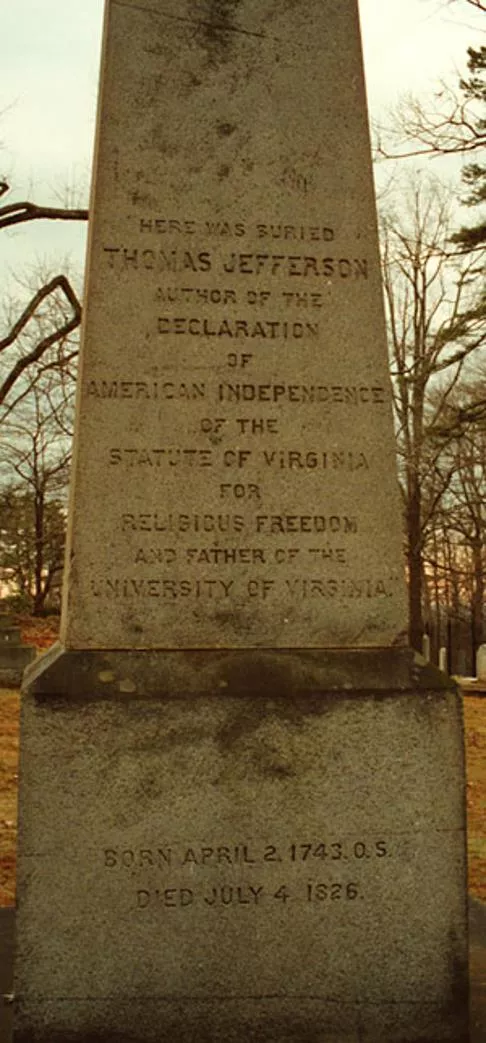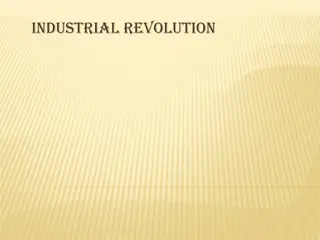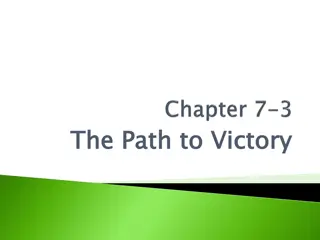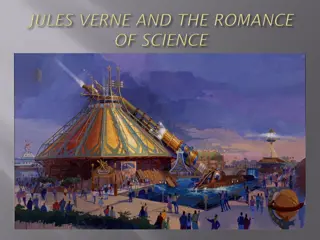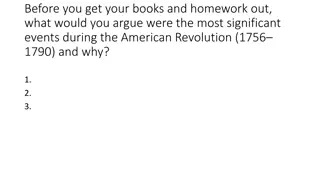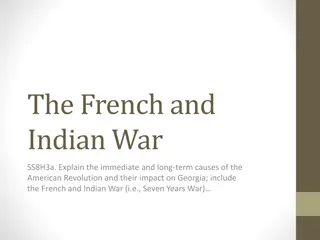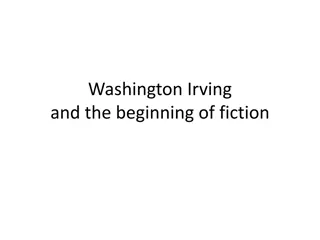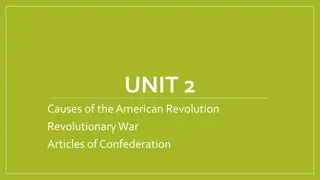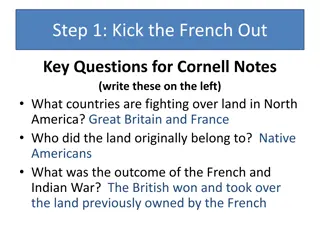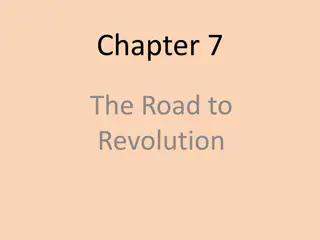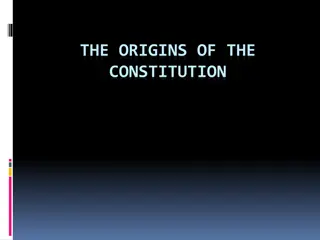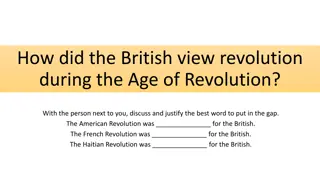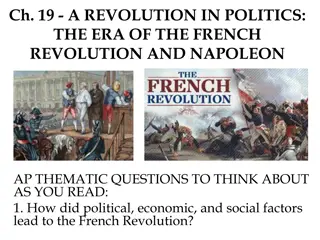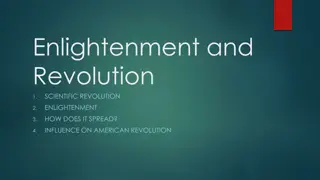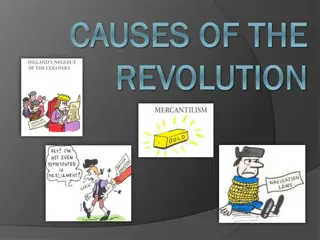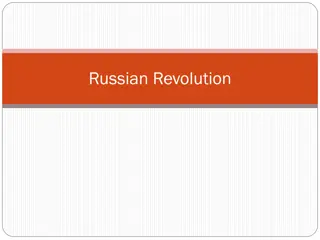Challenges and Progress Post-American Revolution
After the American Revolution, new ideas like Republican Motherhood and Popular Sovereignty emerged, shaping a changing society. The Articles of Confederation highlighted both strengths and weaknesses, ultimately leading to the need for a stronger central government. International challenges from Britain, Spain, the Mediterranean, and France tested the young nation. Events like Shay's Rebellion emphasized the necessity for a more unified system, sparking conventions like Annapolis and Philadelphia to address these issues and create the Constitution.
Download Presentation

Please find below an Image/Link to download the presentation.
The content on the website is provided AS IS for your information and personal use only. It may not be sold, licensed, or shared on other websites without obtaining consent from the author.If you encounter any issues during the download, it is possible that the publisher has removed the file from their server.
You are allowed to download the files provided on this website for personal or commercial use, subject to the condition that they are used lawfully. All files are the property of their respective owners.
The content on the website is provided AS IS for your information and personal use only. It may not be sold, licensed, or shared on other websites without obtaining consent from the author.
E N D
Presentation Transcript
Ideas after American Revolution Republican Motherhood: Women were to raise children to be good citizens of the United States Virginia Statute of Religious Freedom: Created by Jefferson, religious freedom, influences the Bill of Rights Popular Sovereignty: Idea that people are the source of power and have a say in government
Articles of Confederation First governing document of the United States ***NO STRONG CENTRAL GOVERNMENT*** To amend the Articles, all 13 states approval was necessary
Negatives of Articles No executive branch Weak judicial branch Each state has single, equally powerful vote Conflict between large and small states Congress could not enforce tax collection Why?
Positives of Articles Clearly defined powers: Create post offices Land Ordinance of 1785: Divided up land in Northwest, sold it to raise money Northwest Land Ordinance of 1789: Process of admitting territories into union Prohibited slavery in old northwest CONFLICT BETWEEN NORTH AND SOUTH!!
International Challenges Britain: closed West Indies trade, encouraged Natives to raid colonist towns Spain: Closed Mississippi River, also sided with Natives Mediterranean: Pirates (Barbary) were attacking American ships France: Demanded repayment of loans, restricted West Indies trade
Shays Rebellion Former military man, Daniel Shay leads a rebellion made up of poor farmers. Sound familiar? Wanted lower taxes Wanted banks to stop foreclosing on homes Rebellion was eventually crushed, but showed that America needed a STRONG CENTRAL GOVERNMENT THAT WAS NOT PROVIDED BY THE ARTICLES OF CONFEDERATION!!!
Conventions Annapolis Convention: Led by A. Hamilton, only 5 states show up, promise to meet next year to revise A of C Philadelphia Convention: purpose to revise A of C, end up creating a brand new governing document called THE CONSTITUTION
Compromises Virginia Plan (Large State) Representation in Congress should be based on population New Jersey Plan (Small State) Representation in Congress should be equal Great Compromise: (Connecticut Compromise) Roger Sherman 2 house (bicameral) legislature: 1 based on population (House of Representatives), 1 equal per state (Senate)
More Constitution stuff South wanted slaves to count as population, north didn t 3/5 Compromise: 60% of slaves will count towards population in the house Slave Trade Compromise: slave trade can continue until end of 1807 How does the end of the slave trade affect slaves?
Still more stuff Electoral College: Used to elect the President rather than popular vote Popular vote winner in each states wins electoral votes The Elastic Clause (Necessary and Proper): Congress shall have the power to make all Laws which shall be necessary and proper for carrying into Execution the foregoing Powers " 18
Federalists vs. Anti-federalists Federalists: In favor of a strong central government (Madison, Hamilton, Washington, Jay, etc.) Anti-Federalists: In favor of a weaker central government with states having more power (Patrick Henry) Why did Anti-Federalists adopt the Constitution? Federalists promised to add a Bill of Rights!!!! Federalists Papers: pamphlet to gather support for the Constitution
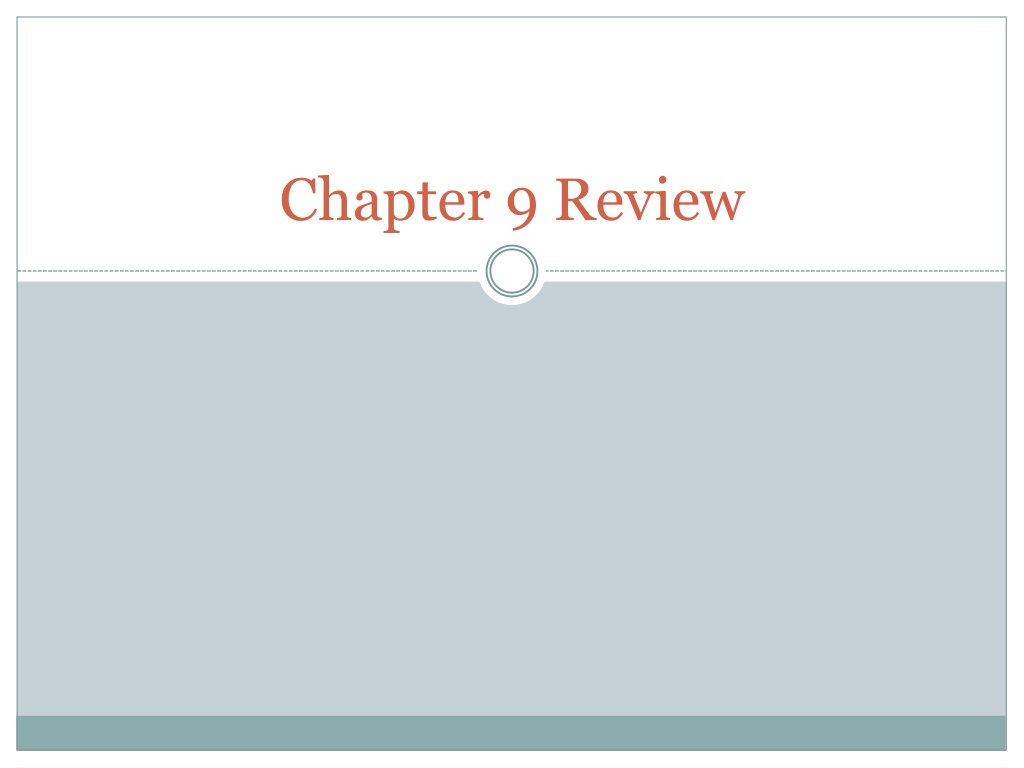
 undefined
undefined


















